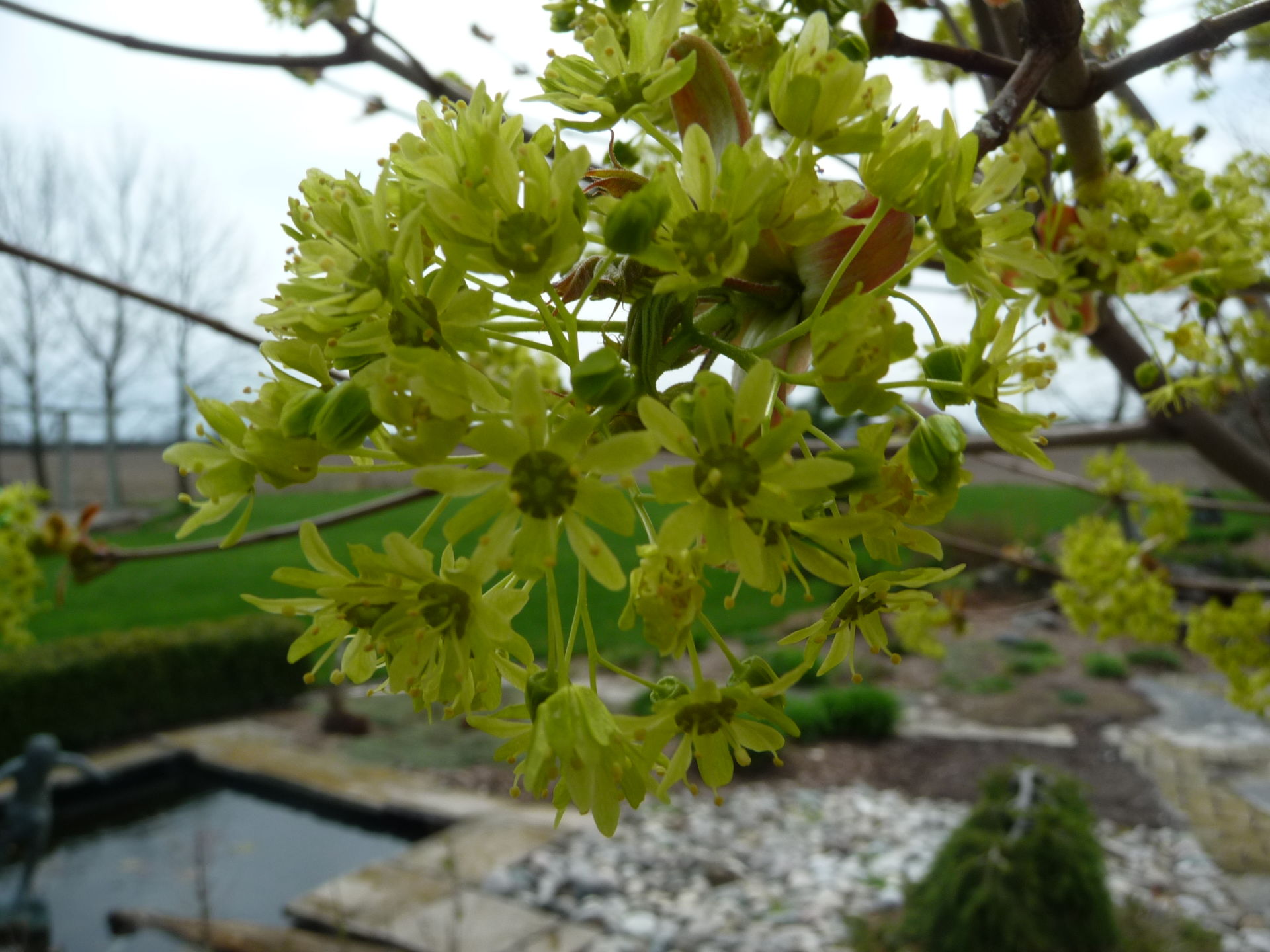Flowers
Garden Clippings for May 6, 2017
We love our flowers. All of them. We love the early spring first to bloom Forsythias and we are in awe with the impressive Magnolias and Redbud dotted throughout Lambton County.
By the May two-four weekend we’ll be seeking out the brightest and boldest Marigolds, Zinnias, Geraniums and Verbenas. And in June we will be in love with Lilacs, followed by the powerful Hydrangeas.
But do we love Maple flowers and those of Oak, Pine and Chestnuts? Ditto for Asparagus, Rhubarb and beans? Does grass flower? Do all plants produce flowers?
Truth is that the vast majority of plants produce flowers and do so because flowers precede seeds and seeds are the primary method by which plants propagate and ensure their existence.
There are but a few plants that don’t produce flowers. Ferns reproduce by spores and don’t bloom. Mosses and Liverwort don’t flower either. The other anomaly is the family of mushrooms, but that’s explained by the fact that mushrooms are fungi and are not really plants.
Most plants that produce flowers do so at least once a year, often in spring. Silver Maple trees produce an abundance of unattractive brown blooms that fall and leave stains on white driveways. Their blooms are followed by a pair of winged keys or seeds officially called samaras, and unofficially called helicopters.
Oaks produce an even less conspicuous spring flower, followed by an acorn. In the wild, acorns fall and might sprout to become new Oak trees. In our front yards, acorns seldom propagate because our lawn mowers cut them off before they amount to anything.
Even grass produces flower and seed. We seldom see the flowers of grass because lawn mowers keep them in check. If grass was ignored and allowed to mature, it would produce plumes that resemble oats or miniature phragmites.
Evergreens or conifers are a big group of plants that produce cones rather than blooms. Cones vary vastly in size and shape, but the ones we know best are those of Pine and Spruce. Male cones are usually smaller and soft while female cones will be large and firmer. Wind is essential for evergreens because pollen needs to be carried from the male cones to female. Once that happens, seeds develop and the cones open up to release seeds.
Plant scientists are always on the lookout for showier blooms. Like the author of an award winning book, the payoff is significant for the scientist who finds a flower that is bigger, brighter, longer lasting, or more fragrant.
Occasionally scientists try to find plants that produce fewer flowers and seeds. The now popular seedless cucumbers and seedless watermelons are not really without seed, but their seeds are reduced in size and number. There are now several varieties of Maple that claim to be seedless, suited for gardeners who don’t want seeds in their eaves troughs.

Store hours
Mon: 8am-6pm
Tues: 8am-6pm
Wed: 8am-6pm
Thurs: 8am-6pm
Fri: 8am-6pm
Sat: 8am-6pm
Sun: Closed
Closed:
New Year Eve, New Year’s Day, Family Day, Good Friday, Canada Day, Civic Holiday, Labour Day, Thanksgiving Day, Christmas Day, and Boxing Day.
Check out our Facebook page for more details.

